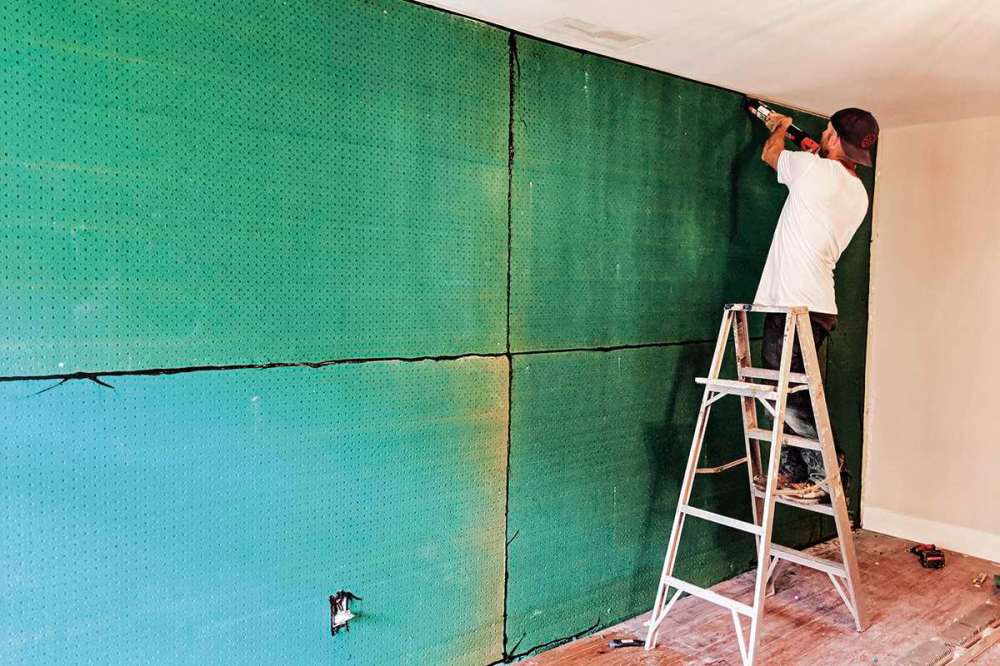Eliminate unwanted noise for more enjoyable condo living
Advertisement
Hey there, time traveller!
This article was published 02/03/2020 (2026 days ago), so information in it may no longer be current.
If noise is keeping you awake and disrupting the peace and comfort of your home, you’re not alone. Condo and townhouse living offer plenty of benefits, but close proximity can come with one big downside – noise.
We’ve all heard horror stories about music, television and even conversations seeping through condo walls. In fact, the second most common cause of litigation regarding new construction is noise issues.

Fortunately, noise can easily be addressed with new construction, but most developers design their builds to meet building code for sound attenuation and not exceed it. That is often not enough, which is why noise issues are the reason behind many home renovations.
The National Building Code of Canada provides minimum specifications for airborne sound insulation, which is the ability for adjoining walls to block sound transmission. There was no requirement in the Building Code for sound transmission prior to 2010. Since then, a minimum STC (Sound Transmission Class) of 50 has been required. Adjacent unit walls, floors and ceilings in multi-family buildings must have a rating of 47 STC.
Some of the floor noise in your own home can be reduced with carpeting and area rugs, but minimum standards for the walls may not completely eliminate sounds from adjoining homes. Simple soundproofing suggestions include sealing any gaps between units, such as those around the edges of walls, with acoustical caulking. Bookcases full of books and paintings or wall-hangings on adjoining walls will also help to muffle noise but there are other soundproofing options that can give you a more effective and permanent solution for walls and ceilings.
Samantha Pynn, celebrity designer, stylist and HGTV host, is currently working on a condo that has major sound issues. “It’s important to be able to relax and shut out the rest of the world at home. Noise can affect your work and quality of life and ability to have a good night’s sleep.”
Pynn has chosen to use Sonopan with NoiseStop Technology. The standard 4-by-8 panels feature cavities with varying dimensions and depths on each side that absorb a wide range of frequencies and reduce the transmission of sound and vibrations.
“The panels are lightweight and simple to install behind drywall, and can be installed by either a homeowner or renovation professional. I also like that the product is made in Canada and environmentally friendly because it’s made from recycled wood and are totally recyclable.”
Don’t allow unwanted noise to disturb the tranquility of your home. A renovation expert can use a meter to calculate the level of noise and its sources. That test should help you decide the best solution for your noise problem. Find more information at sonopan.com
— News Canada




